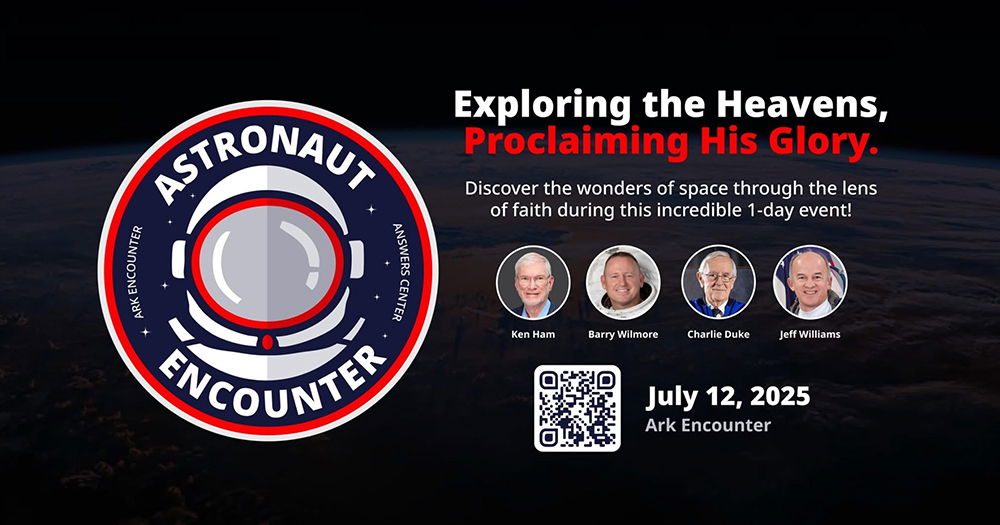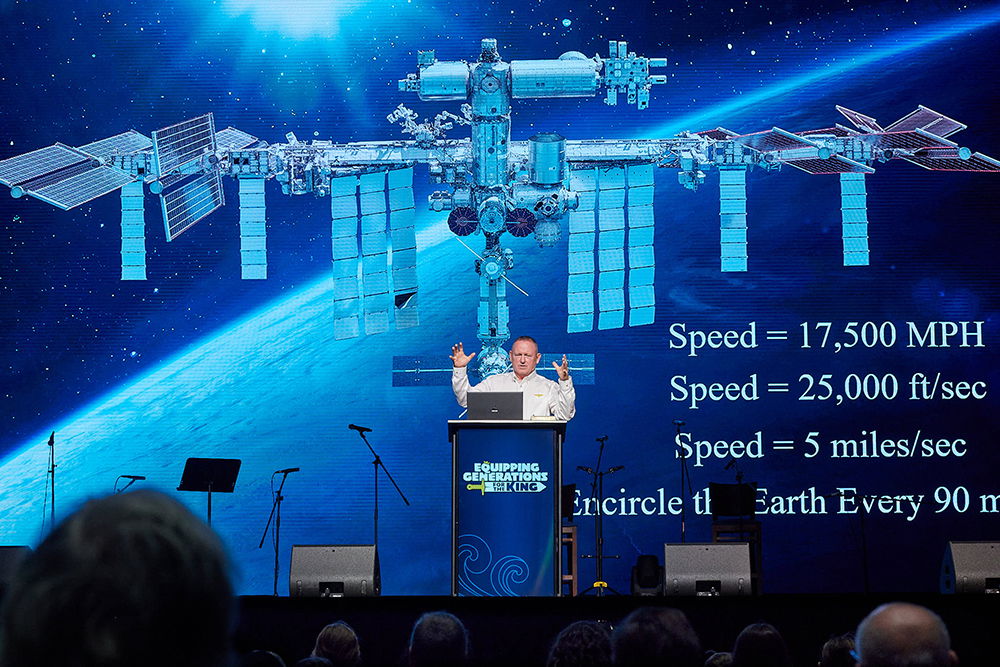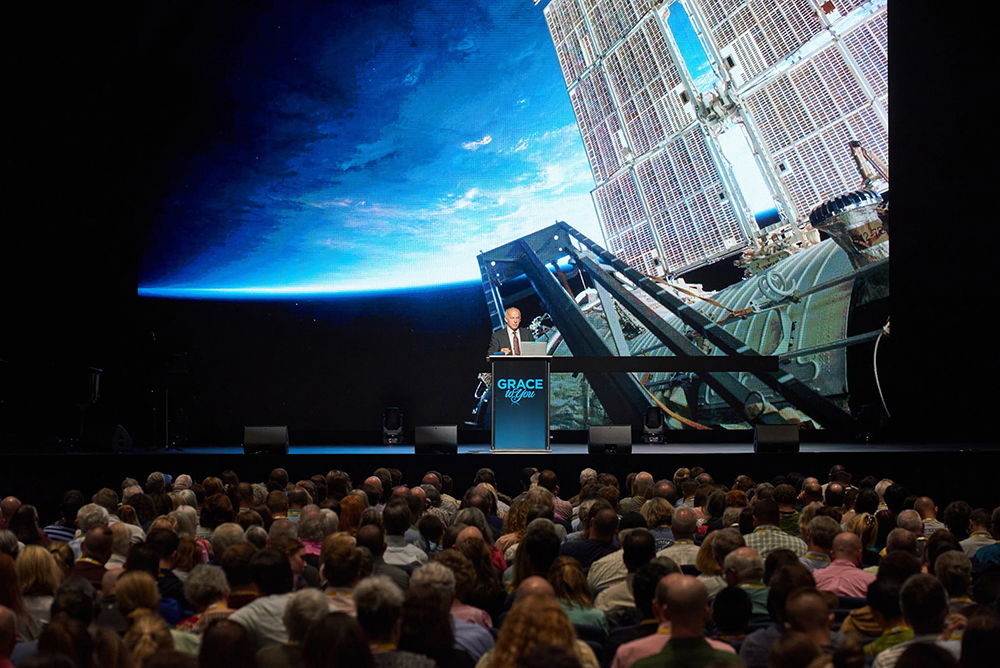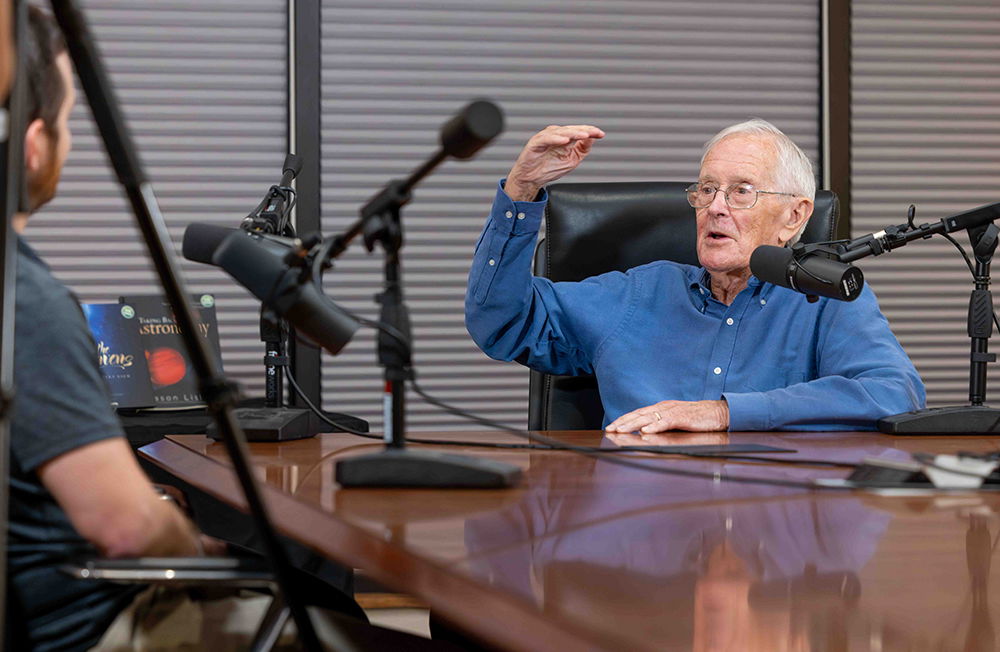Developing Technology
by Ark Encounter on April 3, 2025Genesis states that people in the pre-flood world played musical instruments and worked with bronze and iron. We also know that Noah was capable of building the ark. What other technologies might they have developed?
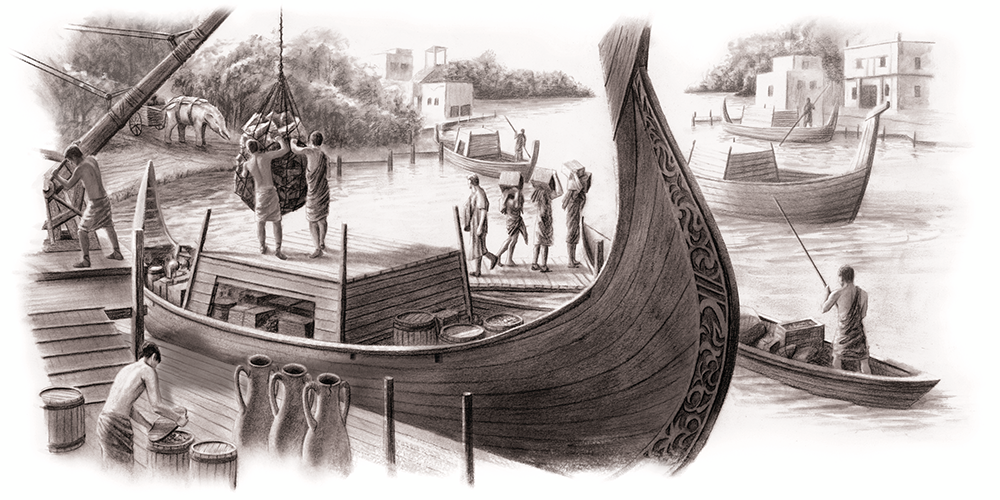
As people filled the earth, certain innovations surely grew. Tools for farming and construction, along with roads and various means of transportation by land and water, were surely invented. The longer lifespans could have enabled innovators and inventors to collaborate for decades, or even centuries, to produce sophisticated technologies.
Technological Resets
From early history, men like Tubal-Cain worked with bronze and iron, but the flood buried the sources of metal. As Noah’s descendants populated the earth, metals needed to be rediscovered and lost technologies had to be reinvented.
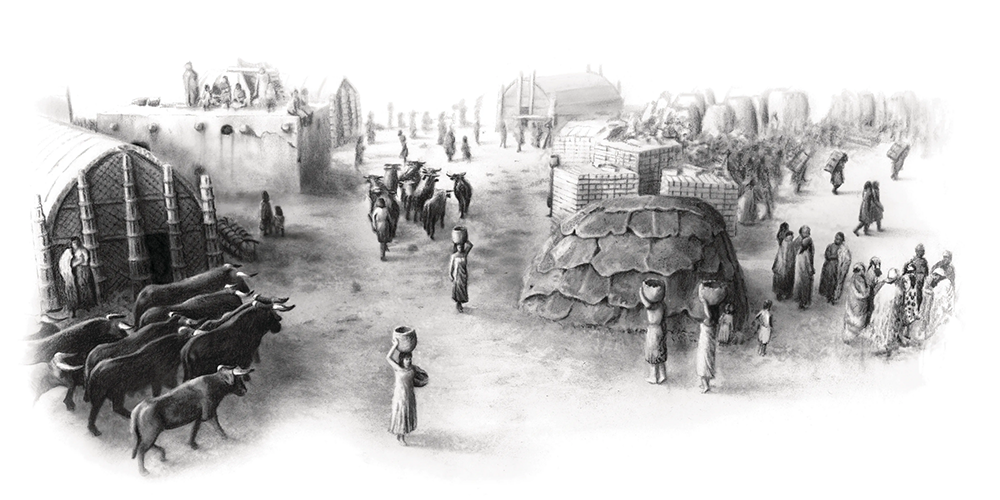
Men began to rebuild, but they soon faced another technological setback—the judgment at Babel. As the various people groups scattered from that place, scientific achievements and technological advancements came slowly since most people struggled to meet their basic needs, such as food and shelter.
The Great Pyramid: Monumental Achievement
The only remaining building of the Seven Wonders of the Ancient World, the Great Pyramid of Giza, is a massive engineering marvel. Built in the first few centuries after Babel, its precision in design and sheer size have baffled researchers as they try to figure out how it was constructed.
- Originally, the pyramid stood over 480 feet tall (currently 455 feet)
- The base of the pyramid covers more than 13 acres and is within 15mm of being perfectly flat
- All four base sides are approximately 755.9 feet long, varying by an average of just two inches
- An estimated 2,400,000 stones weighing an average of 2.5 tons make up the pyramid
- Stood as the tallest building in the world for over 3,000 years
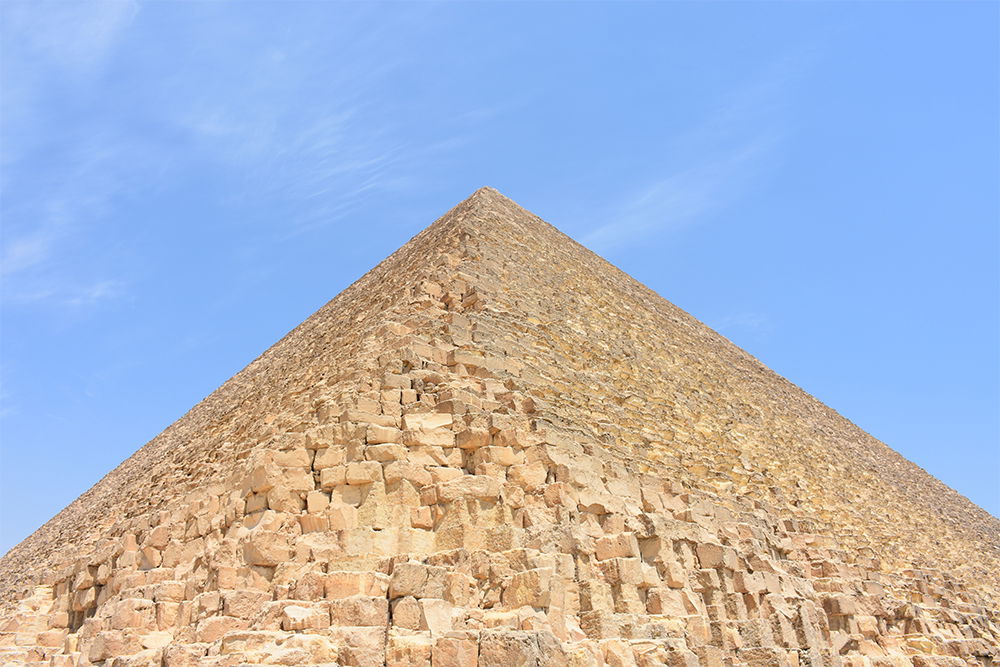
The Great Pyramid of Giza. Image by MusikAnimal, via Wikimedia Commons. (CC BY-SA 4.0)
The Enigmatic Stonehenge: Moving Megaliths
One of the most recognizable landmarks in the world, Stonehenge is another engineering marvel constructed without the use of modern technology. Early settlers of England moved these huge rocks, called megaliths, into place and arranged the stones to align with the sunrise of the summer solstice and sunset of the winter solstice.
- The largest stones, called sarsens, measure up to 30 feet tall and weigh 25 tons
- The sarsens were likely transported from a quarry 20 miles to the north
- The smaller stones, called bluestones, weigh up to four tons and were probably transported more than 100 miles
- Researchers disagree about the original purpose of Stonehenge, but it is generally believed to have been used for sacred rites
- Restorations were completed in the past century to erect stones that had fallen
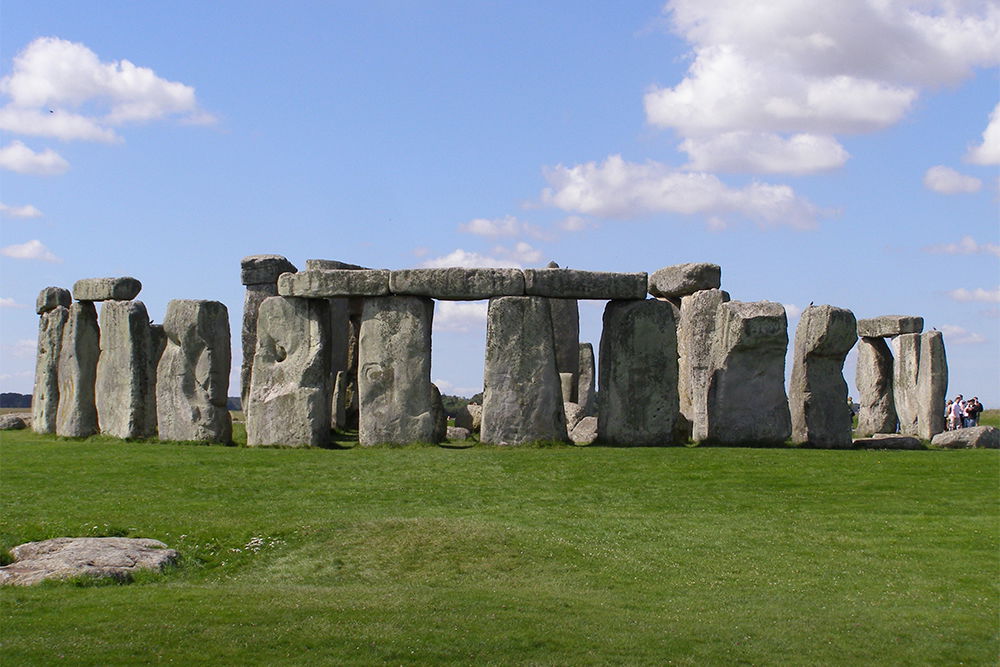
Stonehenge. Image by Old Moonraker, via Wikimedia Commons. (CC BY 2.0)
Time and Navigation: Astronomical Intelligence
The intelligence of early humans is demonstrated through their understanding and use of astronomical observations for timekeeping and navigation. The incredibly precise Mayan calendar is probably the best-known of these ancient devices, but many sites and artifacts dating back to the second millennium BC have been discovered around the world that display our ancestors’ ingenuity.
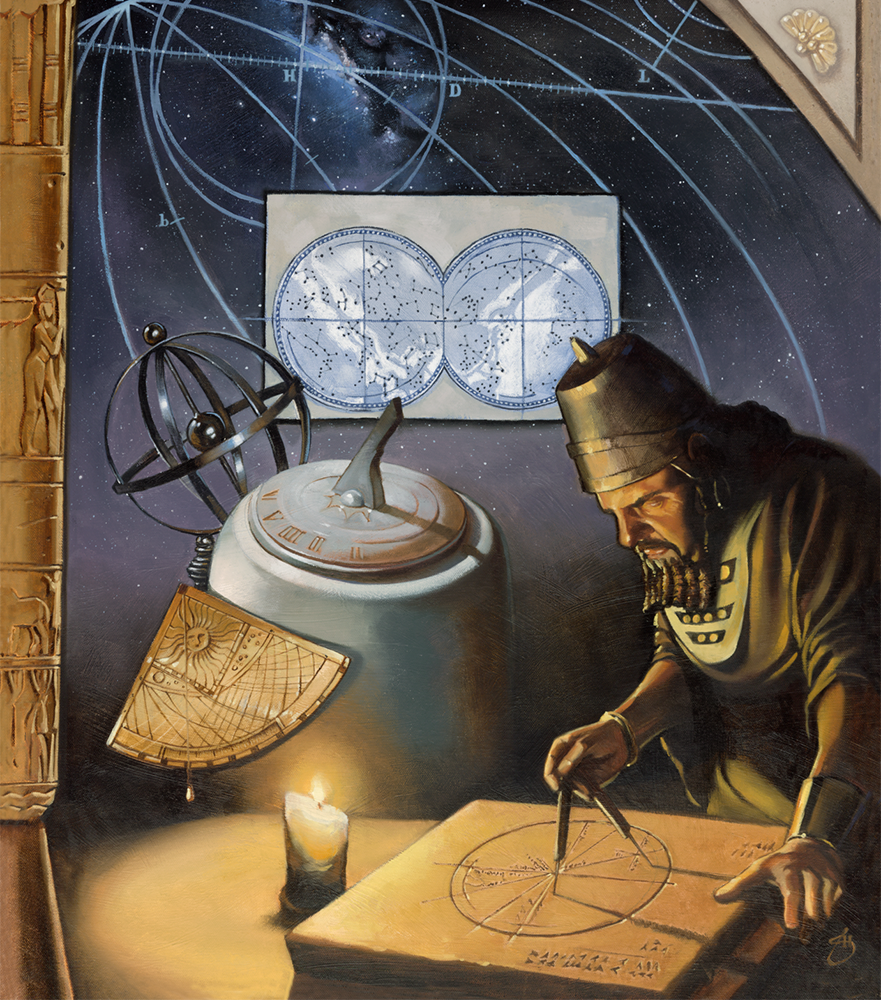
Meet Three Generations of Astronauts at the Ark Encounter
We have experienced rapid growth in technological achievements over the past century, but this does not mean we are smarter today than our great-grandparents. The innovations enjoyed today were built upon the shoulders of our predecessors, including the technology that allows us to travel to and explore space.
Few of us will ever see God’s wonders from space, but during a unique one-day event at the Ark Encounter, you can meet three men who give God the glory for the ability to see his handiwork from a vantage point that’s out of this world!
Hear from three of America’s astronaut heroes:
- Captain Barry Wilmore, who was the commander of Boeing’s Starliner on its test flight to the ISS last June
- Colonel Jeffrey Williams, who flew 534 days on four space flights to the ISS
- General Charlie Duke, who was the 10th man to walk on the moon
You’ll also hear from Ken Ham and explore some of God’s handiwork for yourself by sun spotting with astronomer Dr. Danny Faulkner (weather dependent). Registration includes a two-day Ark Encounter ticket.
Upgrade your experience to enjoy a delicious dinner (it won’t be astronaut food!) with the astronauts in the evening.
Don’t miss out on this unique opportunity by registering today at GetAnswers.org/astronaut.
